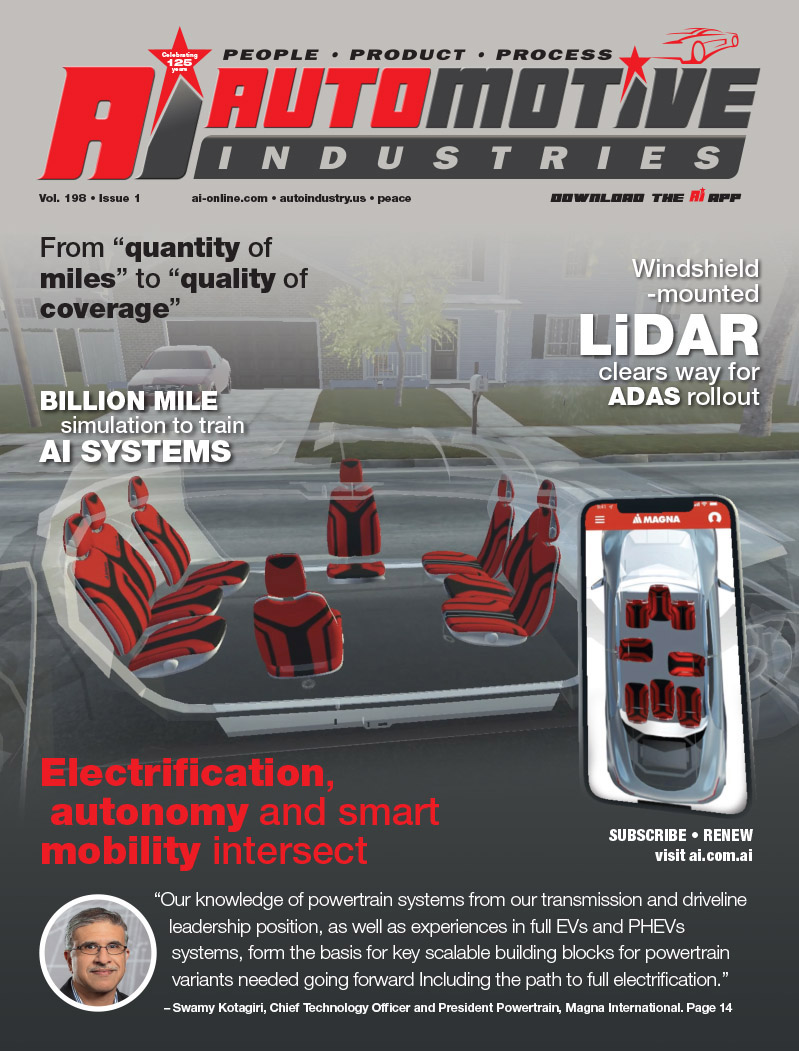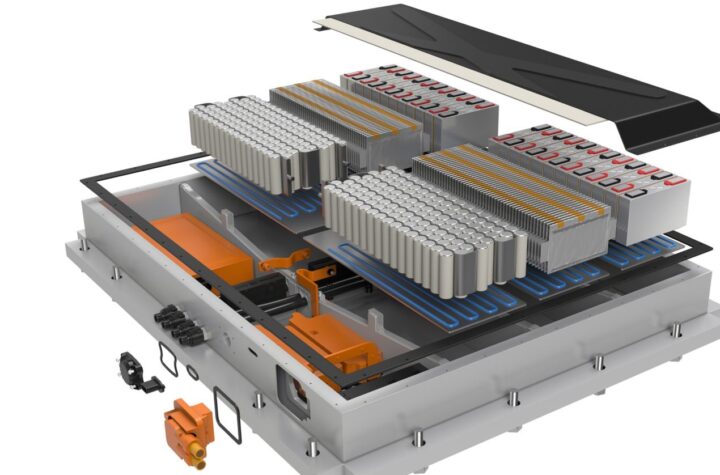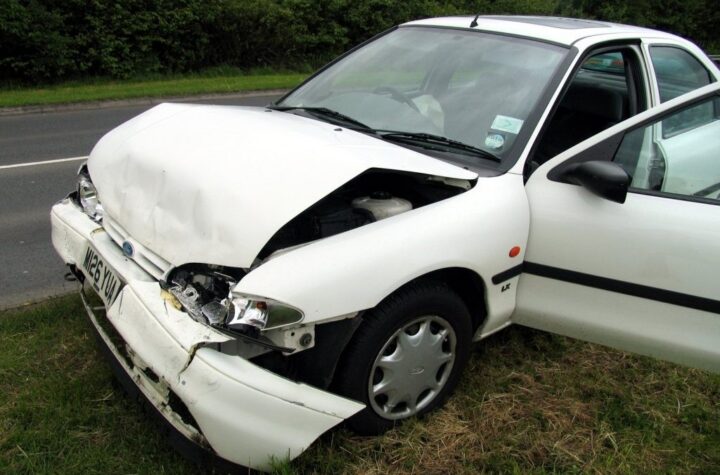
Fairly well known to European Diesel enthusiasts, the Additive Diesel Particulate Filter (A-DPF) could prove of interest as the U.S. prepares to make another run at diesel power, which just might fall into place as low sulfur fuel becomes available in mid-2006. Peugeot became the first to apply the system in 2000 on the Peugeot 607 and since then more than 800,000 have been put on the road. The A-DPF system is the result of a cooperative development program among Faurecia, Inergy Automotive Systems, and Rhodia Electronics & Catalysis. Faurecia produces the filter itself; Inergy produces the delivery system; Rhodia produces the catalyst. Development work has been ongoing since 1995 and continues today to reduce cost, simplify installation and extend durability.
Development work has been ongoing since 1995 and continues today to reduce cost, simplify installation and extend durability.
“While one tends to think about a filter as a static device, the A-DPF system is active,” Dr. Pierre Macaudiere, research and innovation director for Rhodia Electronics & Catalysis, explained to us. “It actively introduces very small amounts of nano-ceria catalyst materials during fueling that is homogeneously dispersed in the fuel to promote complete combustion of particulate matter at lower combustion temperature.”
The Rhodia catalyst is know as Eolys and it is introduced to the diesel fuel as a liquid. It is based on the rare earth Cerium and is compatible with all sulfur levels found in current diesel fuels. Depending upon the size of the engine in question, it takes only 1.5-2.5L of Eolys every 120,000 km. The fuel-borne nano-Ceria particles attach to each emitted particulate and thus allow complete regeneration of the filter by promoting complete combustion of the entire soot layer in the DPF. As applied in the current A-DPF system, it is extremely efficient reducing more than 99 percent of emitted particles. Particulates are thus reduced to the level of 0.001 g of particles per kilometer, which is lower than any existing or future regulation on the books for that matter. The delivery system produced by Inergy is pretty elegant in design. Inergy calls their hardware the Smart Additive System, and it will last the life of the vehicle.
As applied in the current A-DPF system, it is extremely efficient reducing more than 99 percent of emitted particles. Particulates are thus reduced to the level of 0.001 g of particles per kilometer, which is lower than any existing or future regulation on the books for that matter. The delivery system produced by Inergy is pretty elegant in design. Inergy calls their hardware the Smart Additive System, and it will last the life of the vehicle.
The Eolys catalyst tank and dosing pump are actually integrated with the neck of the fuel filling line permitting easy access for a quick and clean refill. The tank is accessed by opening a trap.
The high tech catalyst dosing pump provides precise distribution of the highly concentrated additive in proportion to the amount of diesel fuel put into the tank. The driver, of course, is informed when the additive tank need refilling. This can be signaled by various means.
When first developed, the Faurecia filter was only good for 80,000 km before maintenance was required, but that was extended to 140,000 km in 2002 when a second generation Eolys was developed. Probably within one year, the maintenance cycle will be extended out to 250,000 km. Most ashes that build up over time actually come from oil residue, not diesel particulate. In operation the particulate is burned off by regeneration using pressure and temperature sensors accompanied by a blast of additional heat from the diesel engine.
But when the filter finally needs cleaning, Faurecia has a proactive remanufacturing program for the DPF and the way it is designed into the system allows quick dismount for replacement.












More Stories
Your Guide to Filing a Car Accident Claim
Steps to Take Immediately After a Car Accident
What Makes SUV Cars More Prone to Accidents?